On our full first day in Lyon, France we drove to Beaujolais which is in the country side of Lyon. We visited a baker, a cheesemaker, a winemaker and a chocolatier. It was a great experience. We learned many tricks and got to see many microbes in action. Every place we visited used either yeasts or bacteria in their food production processes.
At the bakery, the owner taught us the French way of making baguette bread along with his unique technique that his father and grandfather taught him. We were also able to watch them prepare pastries made of dough, gelatin, peach and apricot. It looked delicious! Not only were we able to learn from their techniques, but we were also given the opportunity to taste pains au chocolat, croissants and other pastries.
At the farm, Corinne and her husband that work together making goat cheese explained to us how they make cheese and the steps it takes to have different results from the same exact milk. Her husband takes care of the sixty goats that they own and milks them every morning. Then Corinne takes the goat milk and makes goat cheese out of it. We were able to test three different stages of the same cheese: soft, half dry and hard goat cheese.
At the winery, the wine maker showed us around the vineyard pointing out the hundred-year vine that his great-grandfather planted. He also explained the wine making process and the specific Beaujolais techniques used in this process that make the wines different from other countryside wines. Some of us decided to experience the terroir and tasted the soil the vines were growing in. The wine maker also showed five different types of wine: one Chardonnay, three Gamma Red Wines and one Rosé. At the end, we had a picnic at the winery, which was enjoyable.
We visited the chocolatier last. He was very enthusiastic in demonstrating how he prepares The Beaujolais specialties. All his work is handmade. He showed us how to make a dessert cork using a biscuit base filled with milk chocolate, hazelnuts and almonds. He also showed us the famous “La Calade” and “Les Caladois” which is a very famous stone in the town. We got to taste the chocolate and the marshmallows that he made. It was an eye-opening experience.
*This post was co-written by Food Microbiology students Noor Kotb and Michaela Phillips.

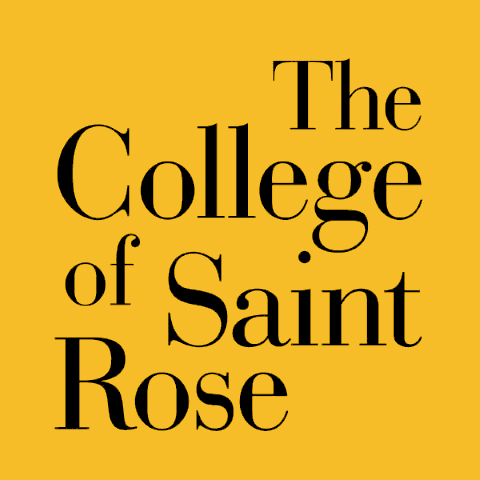

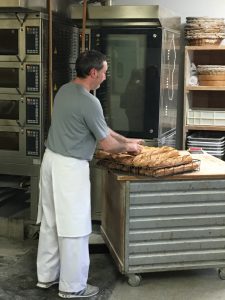
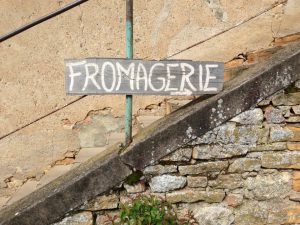
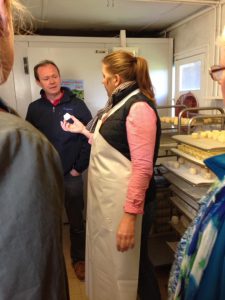

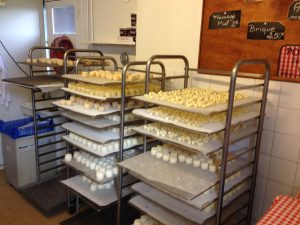
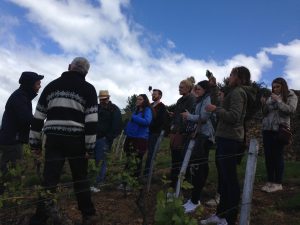
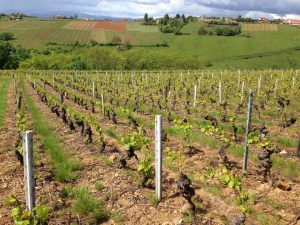
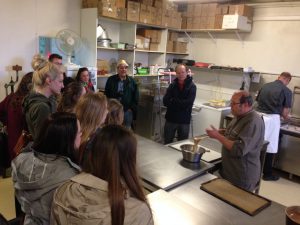
Comments posted on this site are held in moderation until approved by a site administrator. Vulgar, profane, obscene, offensive terms or personal attacks will not be tolerated.